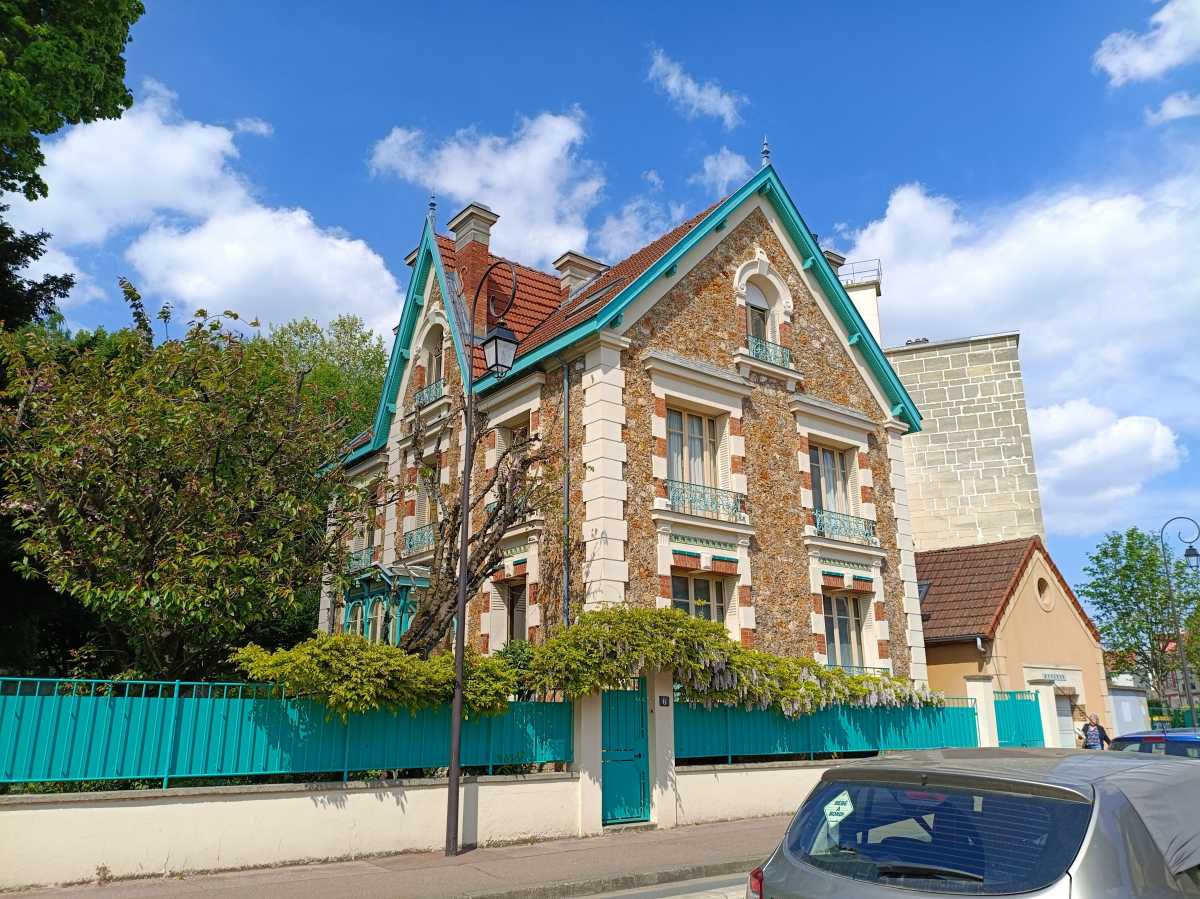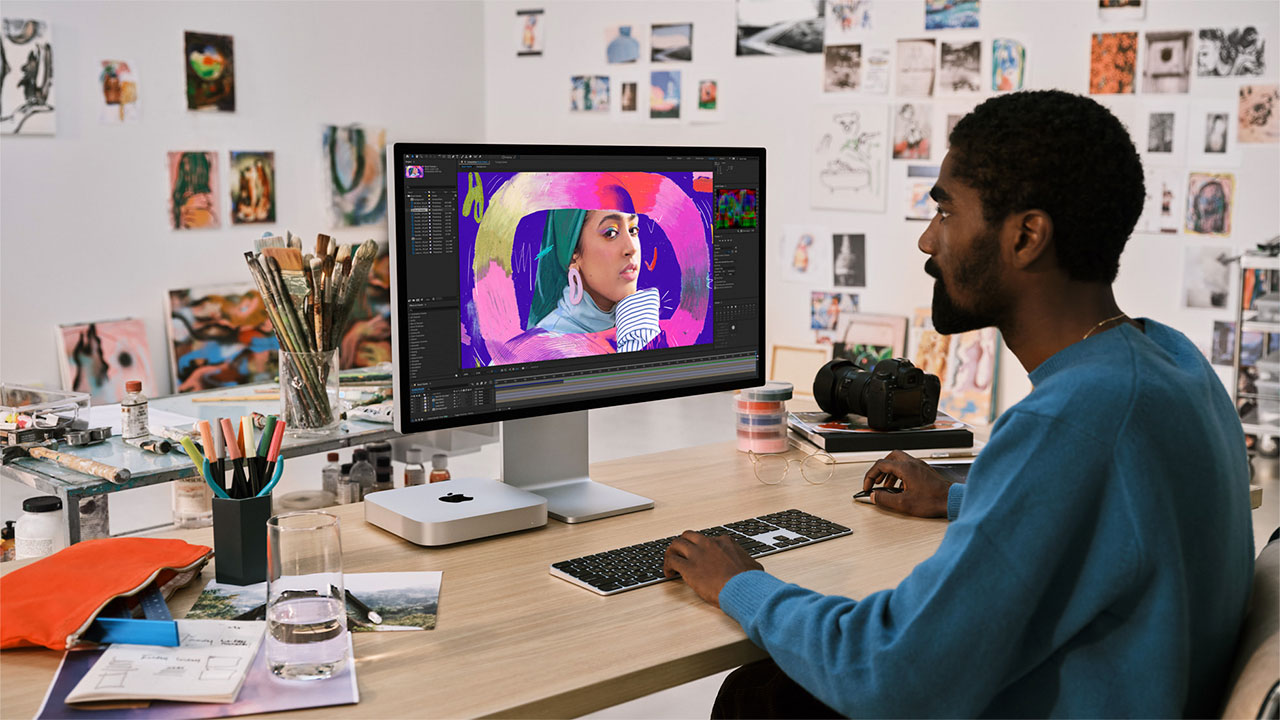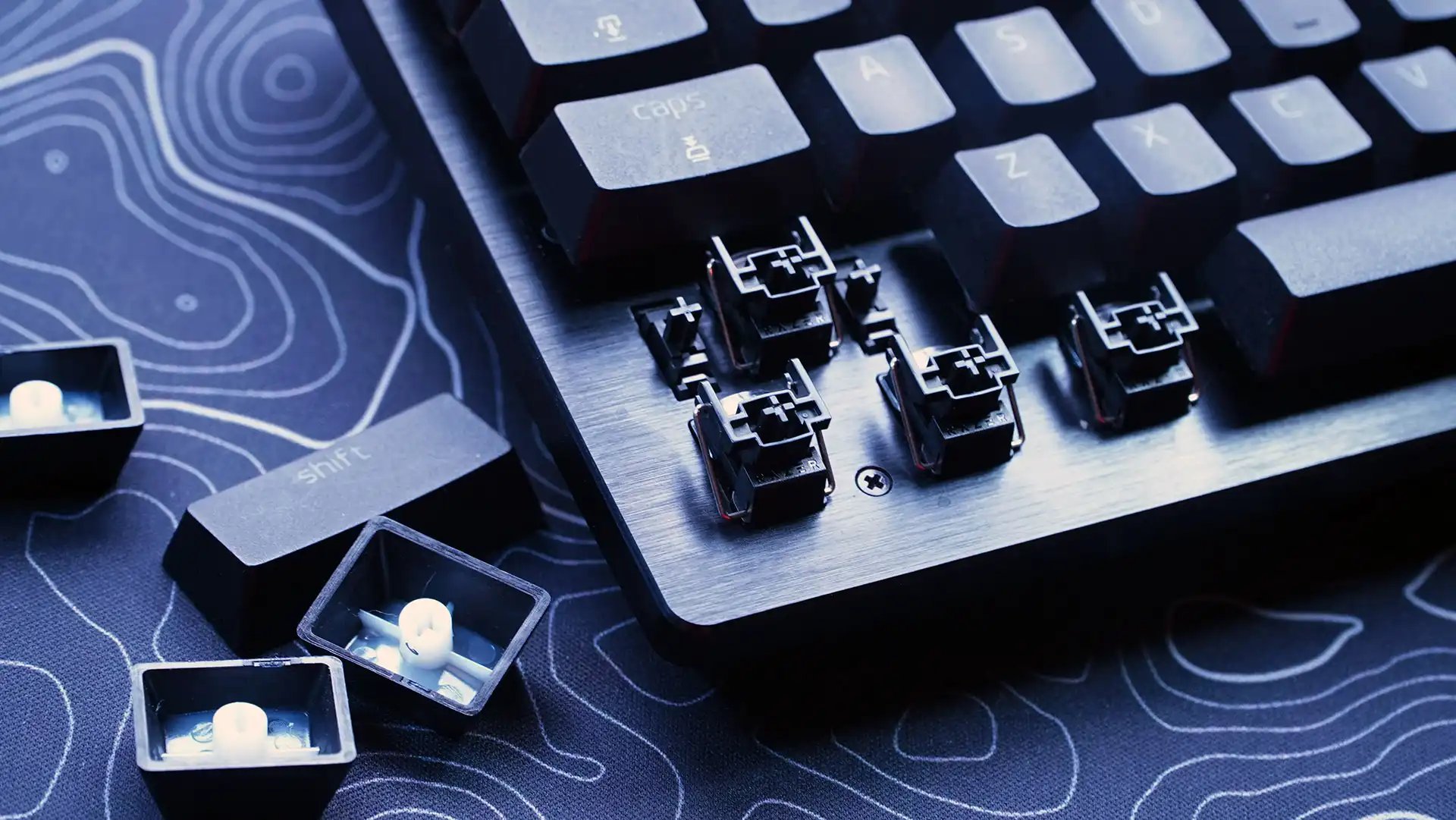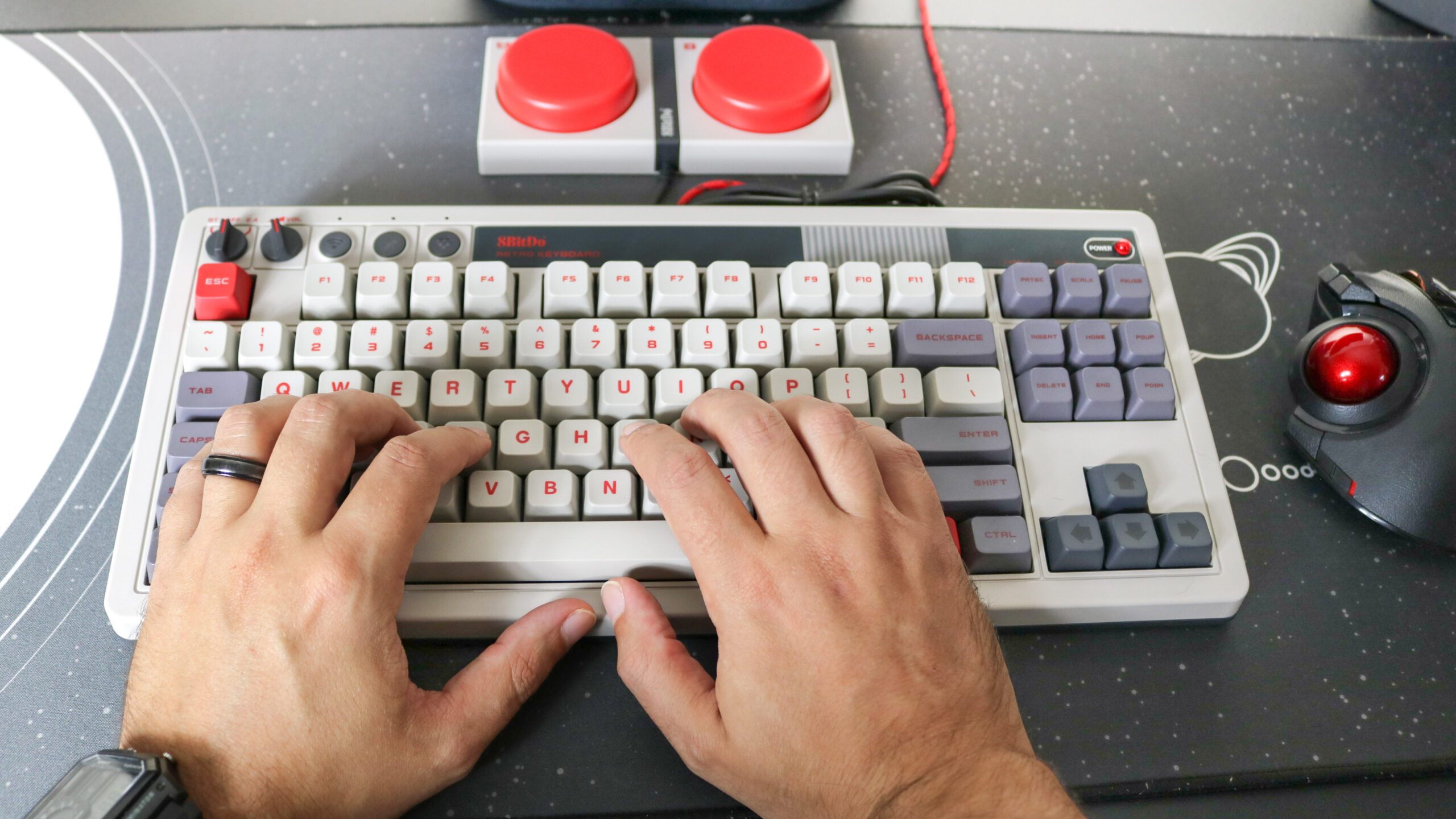There are two main challenges in making a great budget smartphone. The first is a classic, the balance between functionality and cost-cutting – in doing enough to stand out from the competition, but without driving up prices.
As for the second, that’s in staying interesting year-on-year, in making incremental updates seem exciting and feel authentically important.
Neither is easy to solve; one always feeds into the other, and any given solution may be impossible to replicate, even with a direct successor. As such, any release is inherently something of a gamble, no matter how safe it might seem.
And the latest budget device from Xiaomi, the Poco M7 Pro, at least on the surface of it, is a very, very ‘safe’ effort, something created from a “10%” approach, to coin a phrase. That would mean to look at a spreadsheet in which all specifications from the previous version were listed, and then increasing these by that small amount.
In every conceivable way from its predecessor, it’s around 10% better, and for many, that will be enough to warrant a purchase. But the budget market has not stood still, there are those who are hungry for market share, and whether such a safe approach is enough to even stay still is yet to be seen.
Does the M7 Pro do enough to justify its existence?
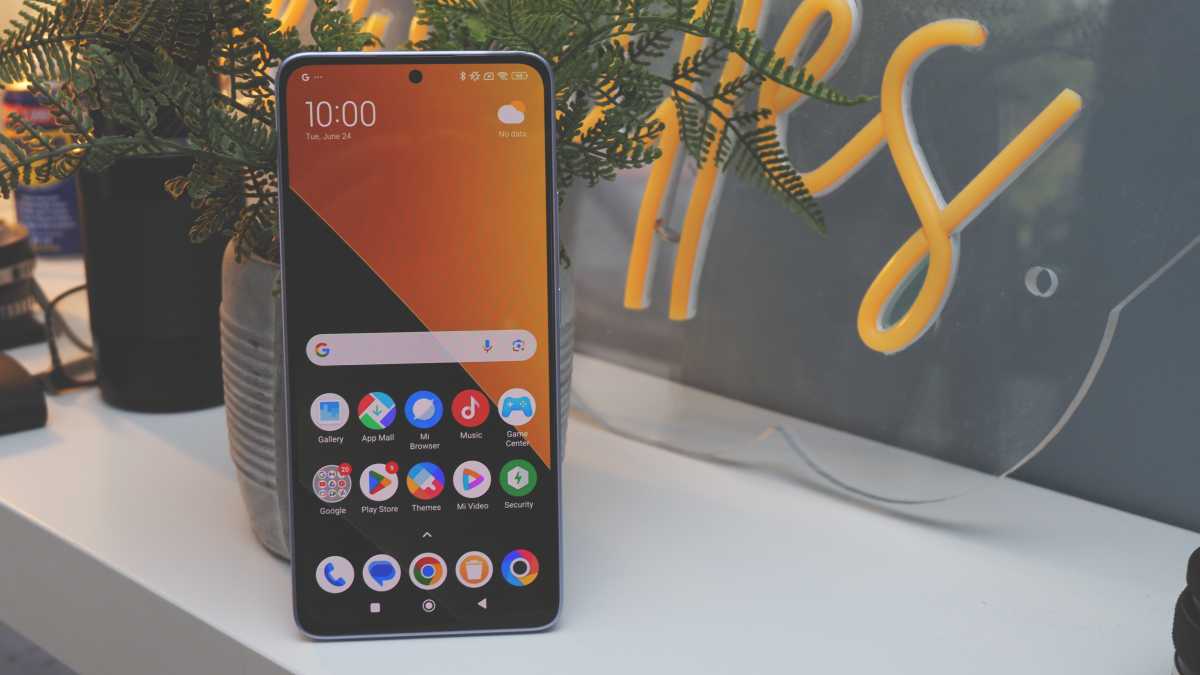
Design & Build
- All plastic build
- 8mm thick
- 190g
If innovation is something rarely found at the budget level, that maxim holds doubly true when it comes to design.
The basic concept of cheaper devices is that they follow a ‘trickle-down’ philosophy, adopting the trends seen on more premium phones in years past in an attempt to recapture some of the perceived lustre.
So given that big camera circles were in vogue across the last few years, we find them on the M7, along with a large raised ‘island’, though none of that has been to account for larger sensors.
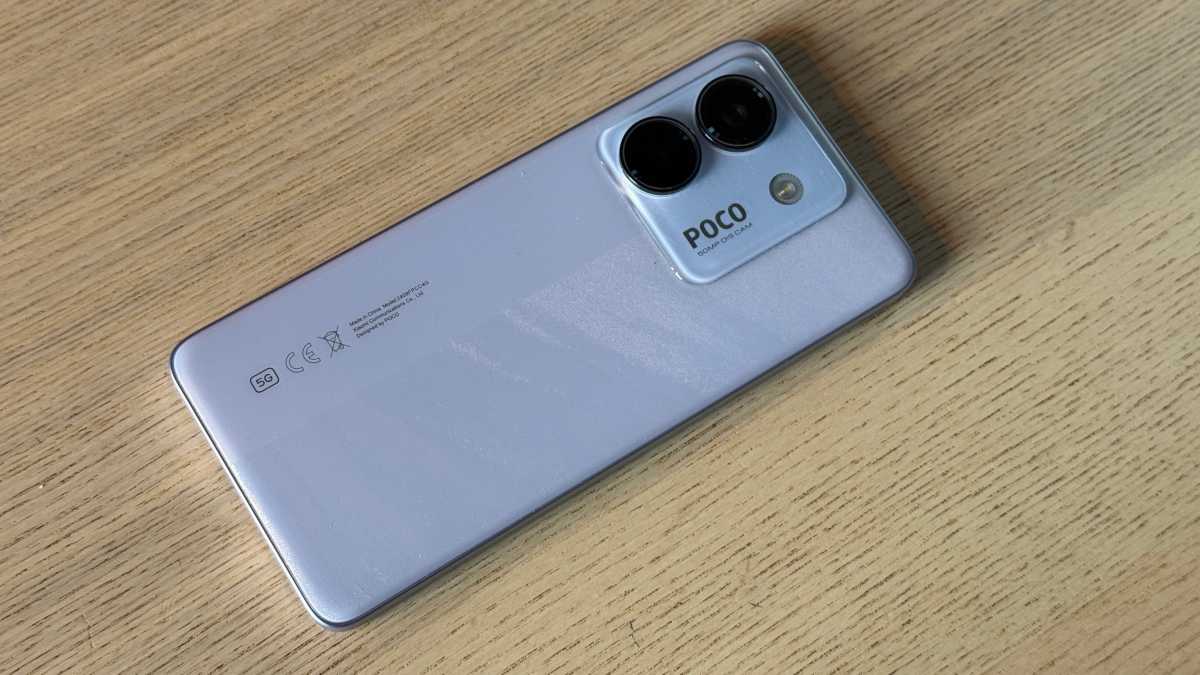
Sean Cameron/ Foundry
There’s a small ‘ring’ flash on the rear too, along with some relatively subtle ‘Poco’ livery. Asides from that, it is a plastic fantastic, made entirely from polycarbonate, though that in itself can have upsides. Metal rails can acquire myriad knocks and dings, while glass backs shatter and crack, so in a way plastic devices boast extra durability. Plus there’s the real rub, which is that a plastic phone will never slide off a surface, something which adds a real and appreciable peace of mind.
Happily, there’s a little flair on display, with a two-tone effect on the backing, which on the Lavender Frost model looks almost pearlescent.
At 190g, though the M7 has a large footprint, it doesn’t feel unwieldy in the hand, though the considerable 8m thickness means that you won’t be using it one-handed too often.
It at least has good weighting, meaning that it is neither top nor bottom heavy and so is easy to balance, and it feels durable too. Though I wasn’t able to run it through a military level drop test during the course of the review process, an encounter with a toddler and a subsequent fall onto a hardwood floor saw it come away with nary a scuff. That it comes with an IP64 rating and Gorilla Glass 5 also speak well to its general ability to survive life.
In the balance of things, the M7 does nothing to excite – it’s a rehash of trends from years and lines long gone, but that isn’t necessarily a bad thing. There’s nothing to offend the eyes, and it is comfortable to use, and as such, on its own merits, is a design success.
Screen & Speakers
- 6.67-inch, 1080p AMOLED display
- 120Hz refresh rate
If there’s one area where Xiaomi rarely skimps out, it’s the screen. That holds true with the M7 Pro, which for the price, has a very appealing panel.
At 6.67-inches, it’s big enough to enjoy a movie on without the picture feeling cramped, and with a refresh rate of up to 120Hz, navigating through the interface and the like feels smooth.
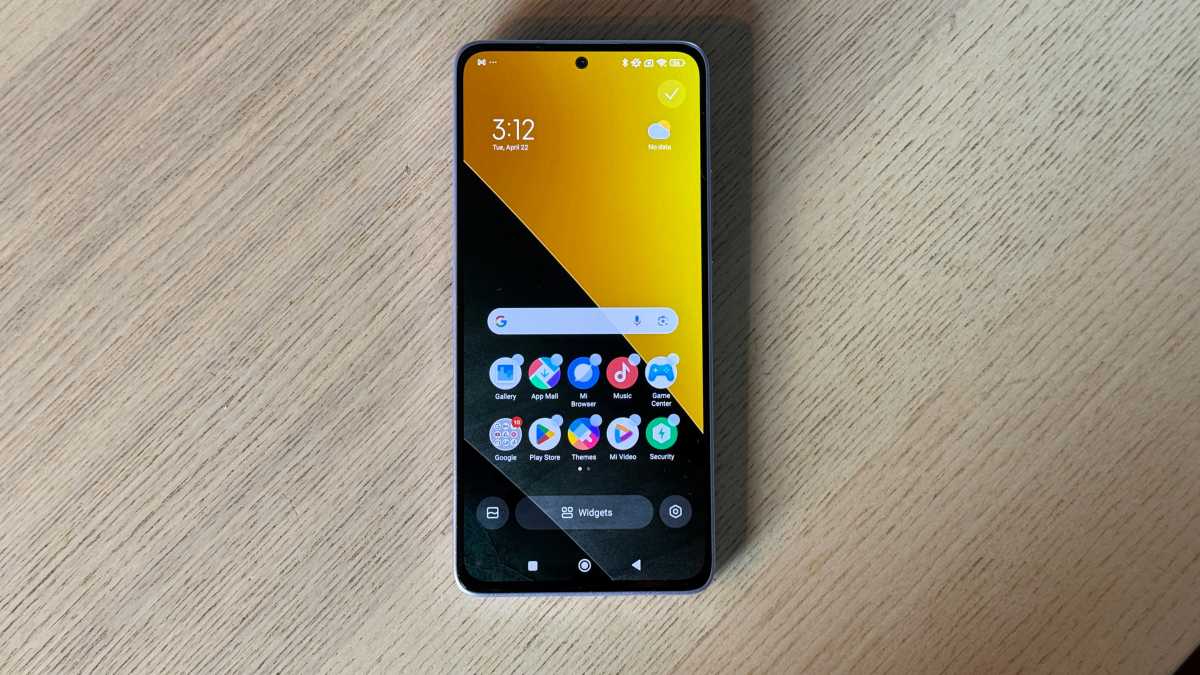
Sean Cameron/ Foundry
The resolution, at 1080p, isn’t pushing the boat out in the slightest (it has been a de facto spec for many devices since at least 2018), however, at this screen size, it leaves content looking sharp.
Moreover, this is an AMOLED display, which means that colours are saturated and contrast is infinite. There’s no word on whether HDR support of any kind is offered; however, the M7 Pro was able to play back HDR content on YouTube with no issue, and the results looked typically great.
On any normal phone, all of the above would be bog standard, but for the budget price, to see a panel like this is a pleasant surprise indeed.
Happily, the speakers are a dual effort, and though they can’t produce anything like a stereo effect, they are quite well-balanced, which is unusual.
Most often, the earpiece speaker is something of an afterthought, not so here. Though it can’t do anything to challenge the likes of a competent Bluetooth speaker, for a budget phone, it does a good job.
Specs & Performance
- Mediatek Dimensity 7025 Ultra processor
- 8GB of RAM as a minimum
- 256GB storage
As might be expected for a Poco-branded device, the M7 Pro was clearly crafted with a common list of specifications in mind that it was intended to exceed at the price point.
The use of the Dimensity 7025 Ultra is a clear indication of this, a modern 6nm fab chipset that promises power and battery life aplenty. That is backed up with either 8- or 12GB of LPDDR4X RAM and 256GB of UFS2.2 storage by default, plenty for the £200 asking price.
In testing, the M7 Pro managed a single-core score of 940 and a multi-core score of 2091 in Geekbench 6, which places it roughly in line with devices running the Snapdragon 860 from a few years ago. So while that might not trouble the flagship end of the market, it does mean that the M7 Pro flies through most tasks without issue.
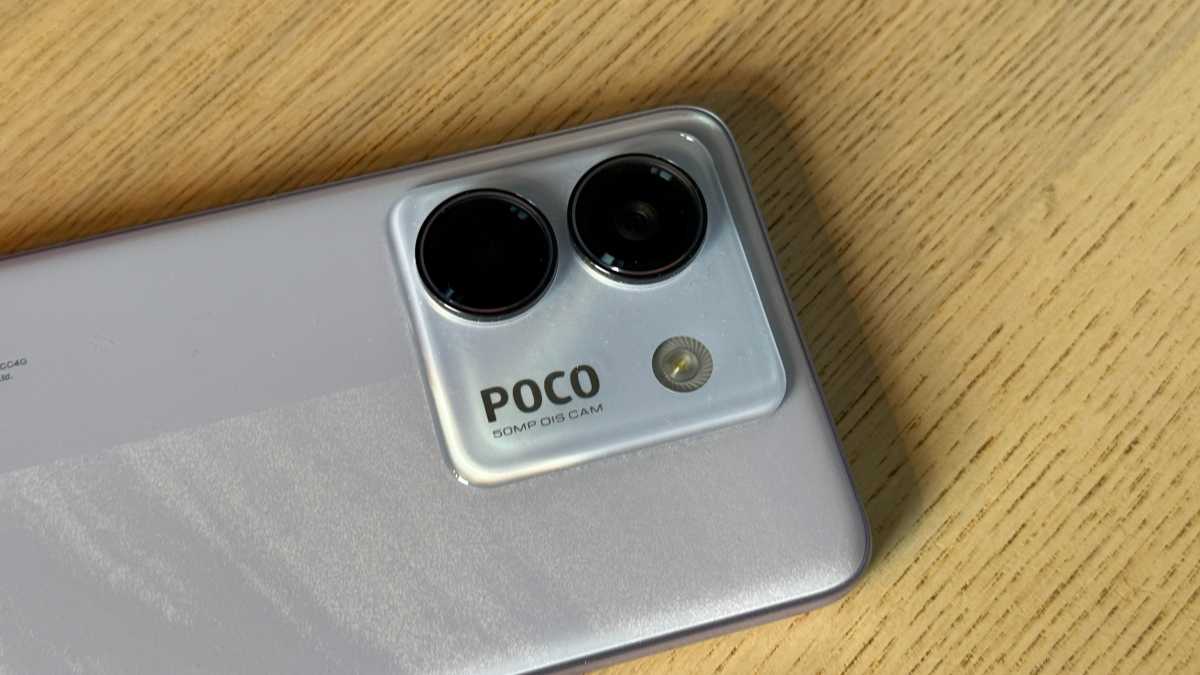
Sean Cameron/ Foundry
That’s with the proviso that you aren’t gaming, which is the only real use case that can give it pause of any kind. PUBG ran well at high settings with frame rates in the 30/40 fps range, you’ll be able to bump that up by running at lower detail settings.
Prolonged usage, as is to be expected, caused some throttling and heat build-up. Those looking for a gaming phone should look for more dedicated options.
Cameras
- Main camera has 50Mp and OIS
- Selfie camera has 20Mp
If there is one area of the smartphone experience where the spec sheet doesn’t dictate everything, it’s the camera.
While things like megapixel count, sensor size, aperture, sensor read speeds and more do influence the end product, they don’t dictate it. Every manufacturer has its own approach to what a ‘photo’ should look like, different colour processing and more, everyone has their own ‘look’.
In line with the rest of the device, for the price point the numbers on the part sheet look good, the selfie sensor sports 20Mp while the main camera has 50Mp, optical image stabilisation (OIS) and a 2Mp depth sensor accompanies it.
What does that mean for performance?
To begin, the camera app is quick to launch from the lock screen, though it does miss a beat. Swiping between various modes is quick, but there’s a lot of cruft. On the whole, taking photos and using the camera app is quick and simple; you’re not likely to lose too many shots as a consequence.
The resulting images themselves, with ‘AI’ on, are something of a mixed bag. Xiaomi goes all-out with its HDR processing, removing as much shadow from images as it can, and that can leave the results feeling a bit flat and overly processed.
That applies too with sharpening, of which there’s a lot. That isn’t too much of an issue when taking photos of buildings and the like, but foliage doesn’t fare well. Then there is colour reproduction, which, for the most part, is pleasing. However, greens have a tendency to turn a shade of nuclear that many might not find appealing.
This is a camera made for Instagram, which might not be an issue for many, but there’s a lot of aggressive processing taking place. Photos taken in low light are acceptable, though they tend to be very soft if bright and saturated.
What is a real disappointment, however, is the video chops or lack thereof on display. Both the front and the rear sensor are limited to a max of 1080p at 30fps, a specification from 10 years ago, which is unfortunate to see.
So far, there’s not been too many sacrifices on display that Xiaomi made to hit the price point, however the camera is a definite casualty.
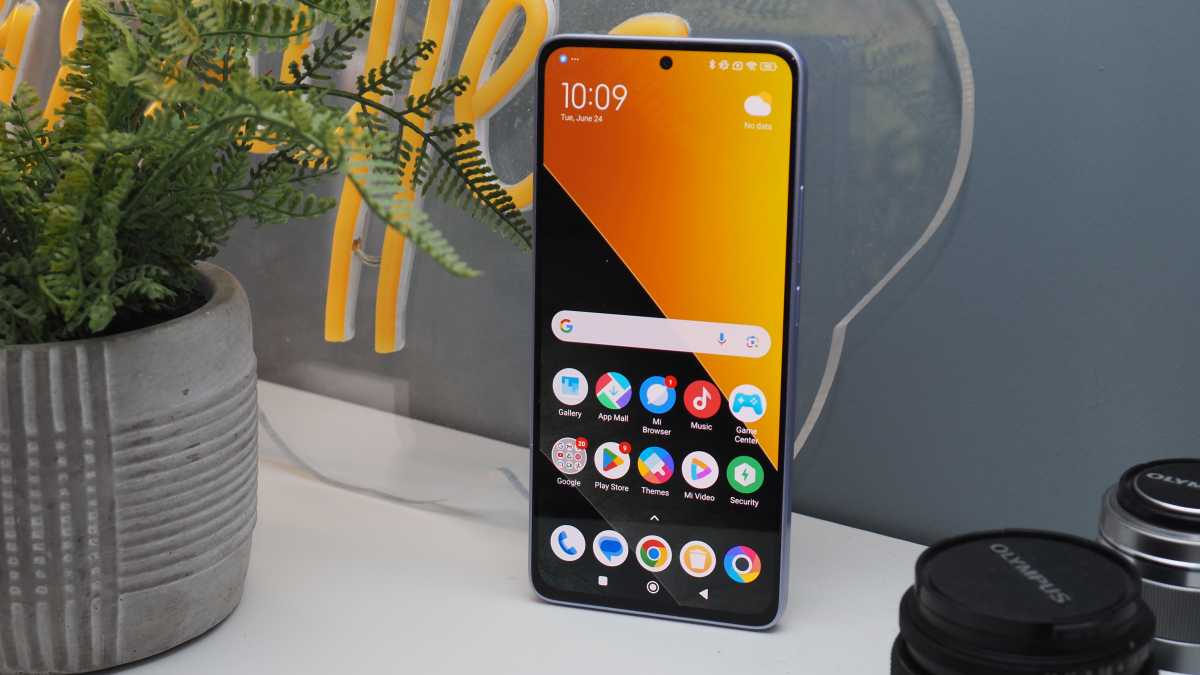
Sean Cameron/ Foundry
Battery Life & Charging
- 5110mAh battery
- 45W fast charging
Given that the Poco M7 Pro has both a large 5110mAh battery and a power-efficient processor, my hopes were high coming into the review that it would have excellent battery life. And thanks to some slightly heavy-handed memory management, that proved to be the case.
Using the PC Mark battery test, it achieved a score of 18 hours and 22 minutes, which is a commendable showing. In real-world use, waking at 7am and using it for email, calls, an hour of GPS, some video and playing games on the commute, I managed to drain it to 40% by 7pm, which means that for most people this will be a two-day smartphone.
When the time comes to recharge, you can do so at 45W, which isn’t the fastest speed on the market, but which managed to take the phone from zero to full in around an hour. That’s enough to make a meaningful difference in a pinch, and even after 30 min it was possible to gain 51% charge from flat.
Software & Apps
- Android 14
- Runs Xiaomi HyperOS
One constant on every phone bearing the brand name ‘Xiaomi’ since its inception is the use of a custom Android skin. Previously this was called ‘MIUI’, however, its latest iteration is titled ‘HyperOS’ but bears much of the same design.
No matter how deep, no matter how trivial, HyperOS seeks to improve on every element of the stock Android experience. Sometimes it succeeds in that task, but often it fails.
A good example is the notifications shade, on any standard device accessible via a swipe down from the top of the screen. With HyperOS, that’s not possible, instead a swipe down on the right side brings an ‘Action Centre’, whereas the same on the left will bring down a notifications shade. On that shade, you can only dismiss pop-ups with a right swipe.
In general, a great deal is lifted directly from the iPhone way, and with limited success. Most will find it not to be an issue; however, if you are a power user or just like to tinker, you’ll likely get frustrated sooner rather than later with the software.
Another clear sacrifice in bringing the cost of the device down was the number of pre-installed apps, of which there are a great many.
You’ll find programs such as ‘App Mall’, ‘Mi Video’, ‘Mi Browser’, ‘Music’, ‘Security’, ‘Bubble Shooter’, ‘Block Puzzle’, ‘Block Puzzles’, ‘Dust Settle’ and a great deal more clogging up the app drawer.
Some can be uninstalled, others cannot and on the whole it degrades the experience of using the M7 Pro.
Thankfully, Xiaomi has confirmed that the device will receive at least four security updates across the course of its life. That means that although it won’t have quite the same longevity as options from the likes of Samsung, you won’t need to worry about it being outdated two years down the line.
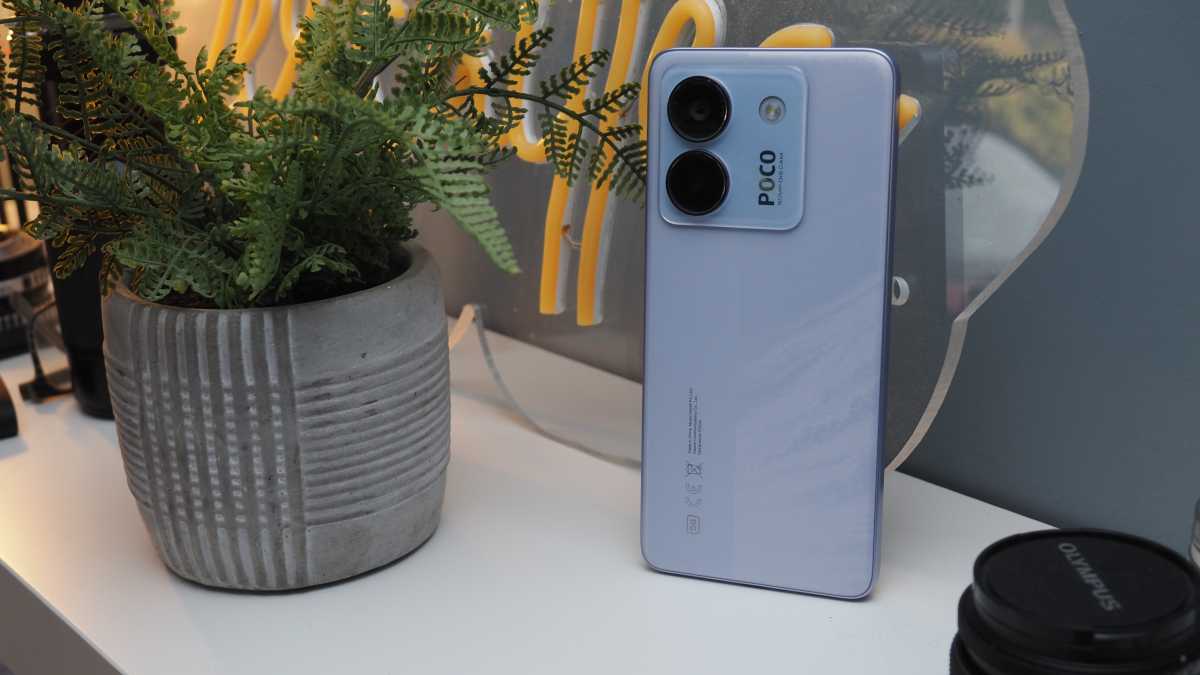
Sean Cameron/ Foundry
Price & Availability
The Poco M7 Pro 5G is available now from Xiaomi directly for prices starting at £199 for the base configuration (8/256GB).
For a slightly lower price, the Samsung Galaxy A25 offers a similarly good display, an ultra-wide camera and better image quality across the board, with a promise of longer updates to boot.
The Nothing CMF Phone 1 presents an interesting choice too, with overall superior camera quality too, and a more presentable interface, though that’s a matter of opinion for some. That it can record 4K video will be enough to motivate many.
Lastly, the Nokia G22 doesn’t have as nice a screen, or cameras, however it now costs significantly less, has pared back software and also comes with the promise of easy repairability. If you want an unfussy device to last for the long term and have a very tight budget, it might be the best option.
Should you buy the Poco M7 Pro?
The Poco M7 Pro 5G is a smartphone made from the reheated parts of last year’s mid-range devices. Given the general quality of these, the end product still turns out to be worthy of some attention.
It has great battery life, good performance and a nice screen plus speakers for a low asking price. However, it isn’t without its pitfalls. The design is dull, the cameras are in need of some tweaking and HyperOS is very likely to continue heavily dividing opinion.
It’s a good budget phone option, but there are certainly better options without having to look too far.
Specs
- Android 14
- 6.67-inch, 1080 x 2400, AMOLED, 120Hz
- Under-display fingerprint sensor
- MediaTek Dimensity 7025 Ultra
- 8/12GB RAM
- 256GB storage
- Cameras:
- 50Mp main camera
- 2Mp depth sensor
- 20Mp selfie camera
- Up to 1080p @ 30fps rear video
- Dual speakers
- Dual-SIM
- Wi-Fi 802.11 a/b/g/n/ac/ax/be
- Bluetooth 5.4
- 5110mAh battery
- 90W charging
- 162.4 x 75.7 x 8 mm
- IP64 certified
- 190g
- Colours: Lavender Frost, Lunar Dust, Olive Twilight






